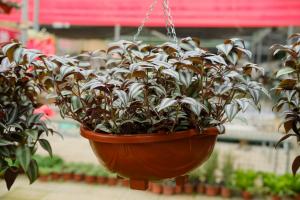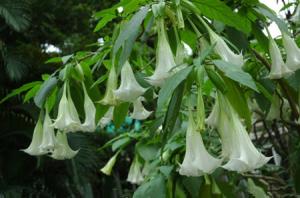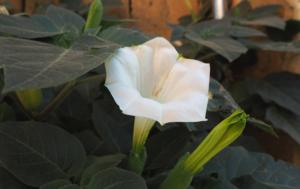Sowing and propagation of Datura stramonium
Datura stramonium is usually propagated by sowing method. Generally, the seeds will mature in winter. The mature seeds can be taken out and sown the next year. It should be noted that Datura is difficult to bear fruit and can be artificially pollinated to promote fruit ripening
Datura stramonium is usually sown in the first ten days of April, which can be broadcast directly or transplanted. Sprinkle seeds on the seedbed, cover the soil slightly, spray water after compaction, and soon sprout. When sprouting, cover with some straw, which can play the role of shading and moisturizing. After a period of growth, it can be transplanted. Transplanting can generally be carried out from late May to early June
Pay attention to weeding at any time during the growth period of seedlings, and cultivate soil in time to avoid plant lodging. When the seedling body is about 10cm, thinning can be carried out to remove the weak seedlings. Generally, two seedlings can be retained in each hole. When the growth is relatively vigorous, topdressing can be appropriate. When the seedlings of Datura stramonium have 4-6 true leaves, they can be transplanted
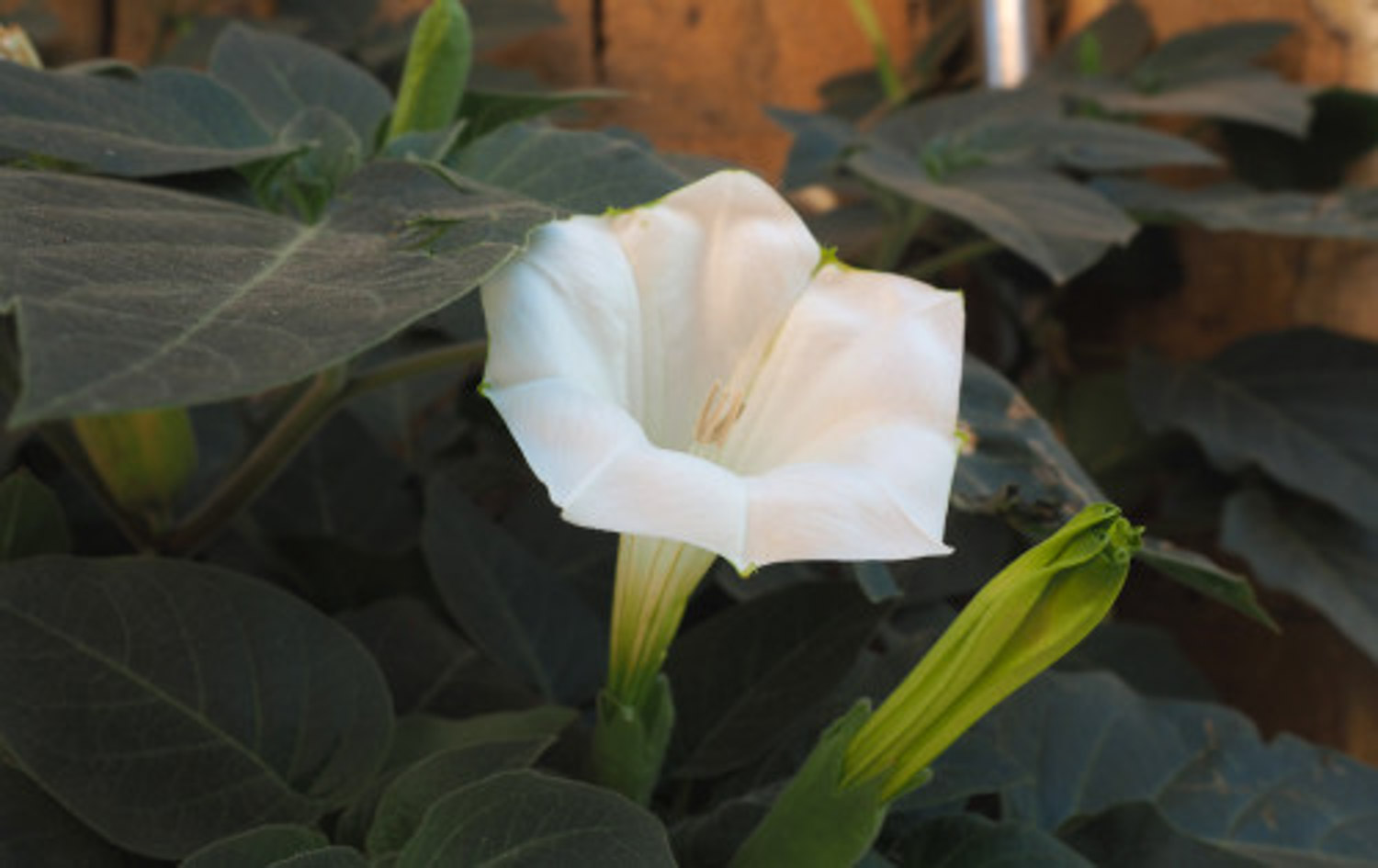
Cutting propagation of Datura stramonium
Besides sowing and propagation, Datura stramonium can also use cutting to reproduce new plants
The cutting propagation of Datura stramonium can be carried out in spring or autumn. When cutting in spring, 1-2-year-old branches can be selected. When cutting in autumn, the mature branches of that year can be selected as cuttings. When cutting, you can choose vermiculite or perlite as the cutting matrix. Insert the cuttings into the matrix and maintain a certain air humidity. Generally, you can take root in about 15-20 days
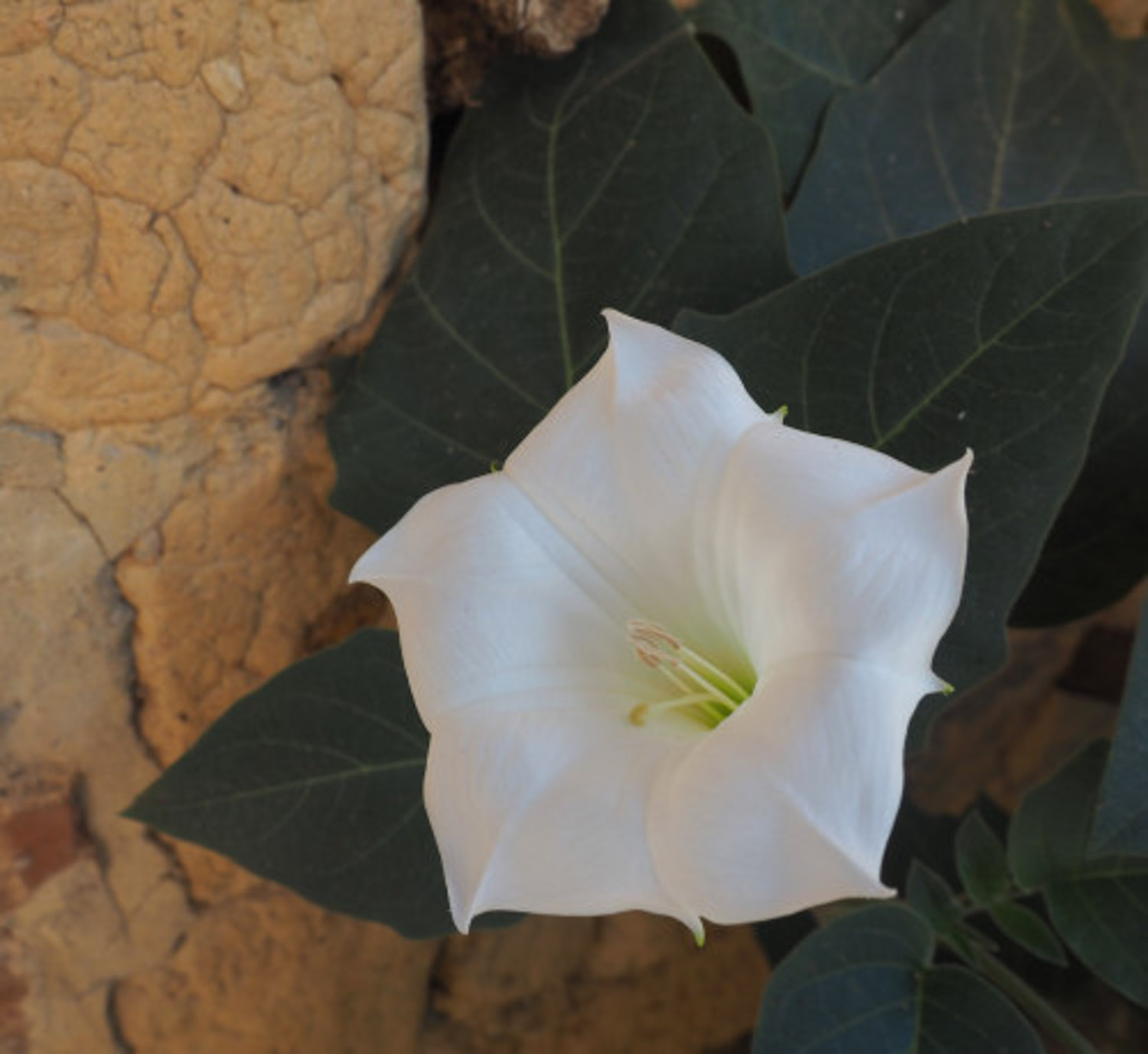

 how many times do yo...
how many times do yo... how many planted tre...
how many planted tre... how many pine trees ...
how many pine trees ... how many pecan trees...
how many pecan trees... how many plants comp...
how many plants comp... how many plants can ...
how many plants can ... how many plants and ...
how many plants and ... how many pepper plan...
how many pepper plan...